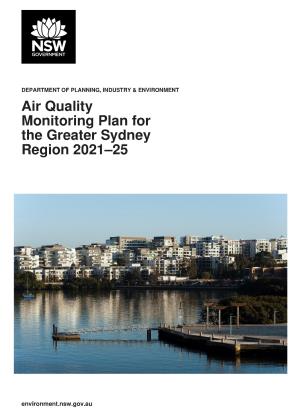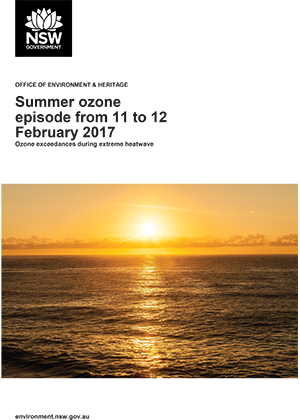Nephelometers have been deployed at some stations in the NSW Air Quality Monitoring Network for longer periods than other fine particle monitoring instruments such as tapered element oscillating microbalances (TEOM) or Beta Attenuation Monitor (BAM). The readings from optical nephelometer monitors are referred to as visibility data in our network, being considered good indicators of smoke impact. A high nephelometer reading typically means a high reduction in visual distance, due to high concentration of fine particles pollution.
This analysis compared visibility readings over the last 20 years with those during the bushfire period in spring–summer 2019–20. The results show that highest nephelometer (visibility reduction) levels were often associated with smoke impact due to bushfires and hazard reduction burns. In particular, the spring–summer 2019–20 bushfires were associated with the highest nephelometer readings on record, indicating the highest levels of fine particle pollution due to smoke and the greatest reductions in visibility, for the longest period over the last 20 years.
This study indicates that nephelometer readings from the network provide a comprehensive long-term dataset for analysing historical trends in fine particle pollution.





